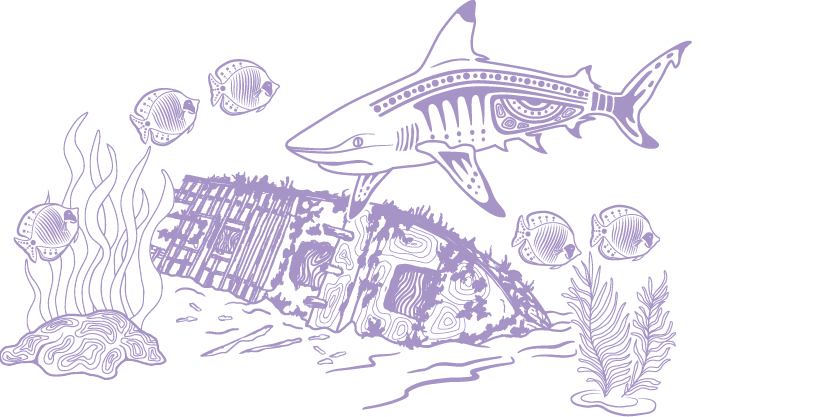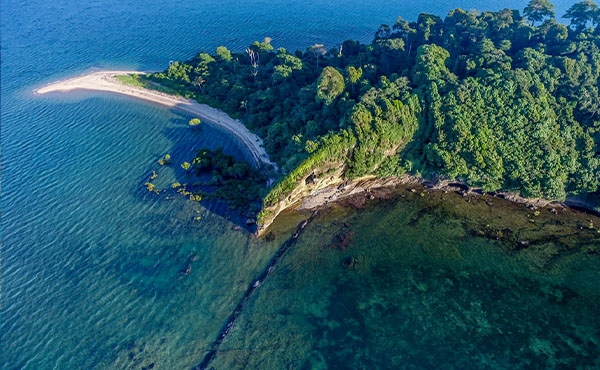The Great Barrier Reef was inscribed on the World Heritage List in 1981 and included on the National Heritage List in 2007. These two listings recognise the Region for the same natural heritage value. In 2019, the Outlook Report refined the assessment of the Reef’s natural heritage value to focus on the five components that reflect the four natural criteria for which the Reef was inscribed on the World Heritage List. Table 4.1 highlights the alignment between the components and criteria against the related Outlook Report assessments.
The Reef is recognised globally as a natural area of outstanding universal value
Properties are inscribed on the World Heritage List to recognise their outstanding universal value. Outstanding universal value means the property’s cultural and/or natural significance is ‘so exceptional as to transcend national boundaries and to be of common importance for present and future generations of all humanity’.1065
Table 4.1
World heritage criteria relevant to the Reef and how they are assessed
This table summarises how the Outlook Report 2024 chapters contribute to the assessment of the world heritage criteria; more detail is shown in Appendices 3 and 4.
| Component (subsection) of Chapter 4 | Current world heritage criteria | Outlook Report assessment of natural heritage values |
|---|---|---|
| Natural beauty and natural phenomena | (vii) contain superlative natural phenomena or areas of exceptional natural beauty and aesthetic importance | The natural beauty and aesthetic value of the property are assessed in Chapter 4 and Chapters 2 and 3 inform an assessment of natural phenomena |
| Major stages of the Earth’s evolutionary history | (viii) be outstanding examples representing major stages of Earth’s history, including the record of life, significant ongoing geological processes in the development of landforms, or significant geomorphic or physiographic features | The major stages of Earth’s evolutionary history are assessed in Chapter 4 and informed by Chapters 2 and 3 |
| Ecological and biological processes | (ix) be outstanding examples representing significant ongoing ecological and biological processes in the evolution and development of terrestrial, fresh water, coastal and marine ecosystems and communities of plants and animals | Ecological and biological processes are assessed in Chapters 3 and 8 |
| Habitats for conservation of biodiversity | (x) contain the most important and significant natural habitats for in situ conservation of biological diversity, including those containing threatened species of outstanding universal value from the point of view of science or conservation | Habitats and biodiversity are assessed in Chapters 2, 4 and 8 |
| Integrity | Integrity refers to the property’s wholeness and intactness. Integrity and safeguards are additional conditions to maintain outstanding universal value. | The integrity of the property is assessed in Chapter 4 and Appendices 3 and 4 |
References


